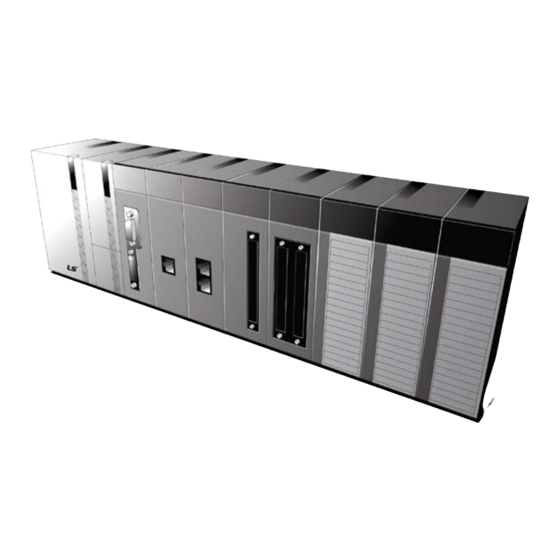
LS ELECTRIC XGT Series User Manual
Programmable logic control
Hide thumbs
Also See for XGT Series:
- User manual (1111 pages) ,
- Installation manual (2 pages) ,
- User manual (364 pages)













Need help?
Do you have a question about the XGT Series and is the answer not in the manual?
Questions and answers